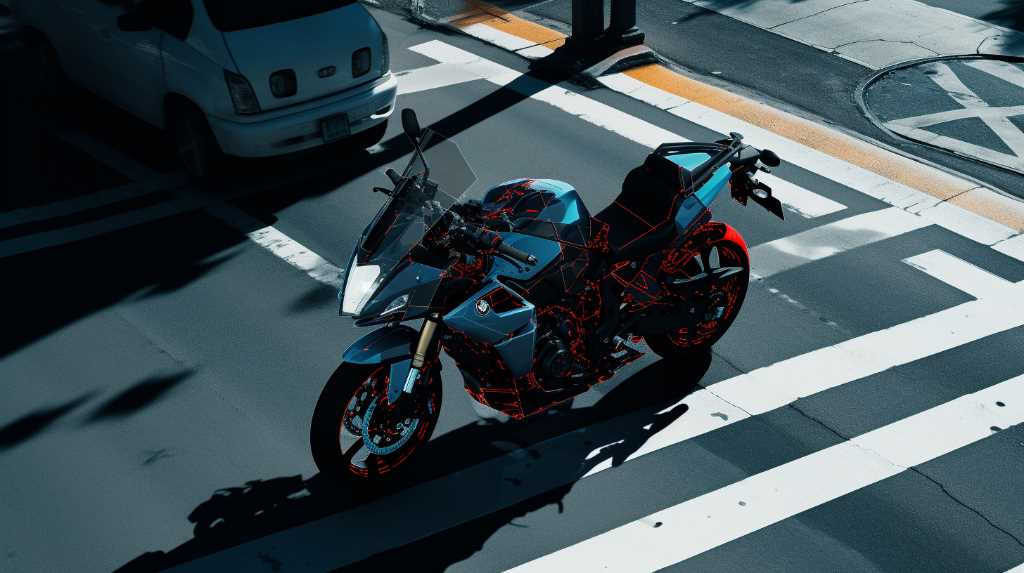
To figure out who is to blame for a T-bone motorcycle crash, you have to look closely at what happened. In this type of crash, the side of the motorcycle is hit by the front of a car or truck. It’s important to ask: Who had the right to go first? Did everyone follow the traffic lights and speed limits? The person who broke the traffic rules or was careless is usually responsible.
To find out who that is, you need to look at how the drivers were acting. For example, if someone didn’t stop when they should have, or if they were driving dangerously. Also, what people who saw the crash say and evidence from the scene can help us understand how the crash happened.
Figuring out who is at fault is all about showing who was careless and why they should be held responsible.
Understanding T-Bone Collisions
Understanding T-Bone Collisions
A T-bone collision happens when the front of one vehicle hits the side of another. This crash is especially dangerous for motorcyclists. These accidents usually occur at intersections and can be due to not following the right of way, ignoring traffic lights, or wrongly judging how fast another vehicle is going.
For motorcycle riders, there’s a much higher chance of getting seriously hurt or even dying because they don’t have as much protection as people in cars.
When looking into a T-bone crash, it’s important to look closely at where the vehicles hit each other, the paths they were traveling, and any other factors like the weather or road conditions that might have played a role.
It’s also essential to understand the traffic rules and signals to figure out what each driver should have been doing. This helps decide who was at fault and who is responsible for the damages.
Traffic Laws and Liability
To figure out who is at fault in a side-impact motorcycle crash, you need to really understand the traffic laws and what happened during the accident. It’s important to find out who didn’t follow the rules of the road or who was careless. Things like who had the right to go first, whether they obeyed traffic lights, and if they stuck to the speed limit are all key details.
For example, if a car didn’t give way at a crossroads, they might be the one to blame. On the other hand, if the motorcyclist was driving dangerously, like weaving through traffic or going too fast, they could be responsible.
Looking closely at how the crash happened, what witnesses say, and the damage to the vehicles helps figure out who is at fault. This detailed look is a big part of how vehicle accidents are legally sorted out.
Assessing Driver Behavior
Looking closely at how the motorcyclist and the car driver acted is key to figuring out who was at fault in a T-bone crash. We need to carefully check everything that happened before the crash. This includes looking at any traffic cameras, what witnesses said, and clues at the scene of the accident.
It’s important to see if the car driver didn’t give the right of way, or if the motorcyclist was going too fast or not driving safely. We also have to think about things like how easy it was to see, the condition of the road, and the weather, because these can affect how well a driver can react.
In the end, deciding who is responsible depends on a full look at how well each person followed the road rules and paid attention during the crash.
The Role of Witnesses
Witnesses often play a key role in figuring out what happened in a T-bone motorcycle crash and deciding who is at fault. They offer a different view that might not match what the people involved say, since those people could be biased or not remember everything fully.
When looking at what witnesses say, it’s important to check where they were standing, if they could see clearly, and if they remember the order of events correctly. It’s also key to think about how well they could judge the speed, distance, and whether there were any traffic lights.
A witness’s detailed story can help us get a full picture of the crash, back up what the evidence shows, or point out things that don’t add up. So, the trustworthiness and detail of what witnesses say are very important for understanding the crash and figuring out who is responsible.
Determining Negligence
While witness testimonies contribute valuable insights, establishing negligence in a T-bone motorcycle accident ultimately hinges on identifying which party failed to exercise reasonable care on the road. This determination involves a meticulous analysis of the accident’s circumstances, including the traffic signals, road conditions, and actions of both drivers immediately before the collision.
Law enforcement reports, surveillance footage, and forensic evidence can be instrumental in reconstructing the event. The crux of the matter lies in pinpointing any violation of traffic laws, such as running a red light or failing to yield the right of way.
An objective assessment by accident reconstruction experts may also be pivotal in discerning the precise movements and speeds involved, thus grounding the attribution of fault in empirical findings rather than subjective accounts.
Conclusion
To figure out who is to blame in a T-bone motorcycle crash, you have to look at everything carefully. This means understanding how the crash happened, whether everyone was following road rules, and how the drivers were acting.
If there were people around who saw the crash, what they say can really help figure out what went down. It’s important to look at every part of what happened to decide who was at fault.
This is key not just for settling any arguments or insurance claims, but also for making the roads safer for everyone.